Bowie, Texas: Now Home to World’s Largest Bowie Knife
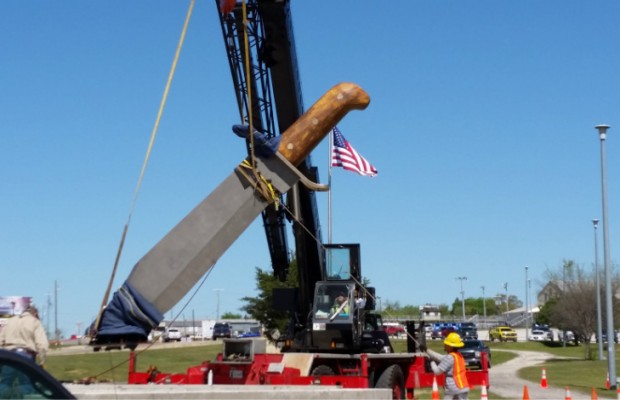
On a beautiful day in a town in Northern Texas the saying that ‘everything is bigger in Texas’ just became more real. Bowie, Texas is the home of 5,000 inhabitants and as of yesterday, the world’s largest Bowie knife. The knife is over 20 feet long, features a 14 foot and 5 inch Bowie style stainless steel blade, weighs in at over 3,000 lbs, and required a crane to install. The handle was fabricated out of an enormous limb pruned from a nearby bodark tree. According to organizers, the blade now perched in Pelham Park has not been sharpened in case someone ever tried to climb it. The giant knife doesn’t come with a matching leather sheath either – there might not be enough cattle in Texas to produce one.
Jim Bowie and His Knife
Both the town and the knife are named after the American folk hero Jim Bowie. The legend of the man and his imposing clip point blade were born in 1827, when a wounded Jim Bowie used his knife to decimate adversaries in Mississippi before they could reload their cap and ball pistols. According to a biography released by organizers of the Bowie Knife Project, Jim Bowie could be described as a “true, constant, and generous friend [but] a foe no one dared to undervalue and many feared.”

Jim Bowie
The giant knife in Texas was modeled after the best available accounts of what Jim Bowie’s original knife might have looked like, brass hilt and all. “Nobody really knows what happened to the Jim Bowie knife. Some people think it’s still somewhere in Mexico,” said Van Baize, a local bank President and Chairman of the Bowie Knife Project. The knife disappeared on the day Jim Bowie was killed in defense of the Alamo in San Antonio, Texas on March 6, 1836.
> > Keep your folders awesome. Grab a Pack of 5 Microfiber Blade Sleeves for $8.99 < <
Making Bowie’s Big Bowie
Almost as remarkable as the world’s largest Bowie itself is that it was ever built in the first place. The idea for Bowie’s big Bowie originated with Bob Hadley, a renowned horse trainer and an accomplished sculptor. By all accounts, Hadley was an influential man who made a big impression on anyone he encountered. After Hadley died in a car accident in 2013, his plans to build a giant Bowie knife were in doubt. “Hadley and I were close friends. He was a mentor to me and I have horses and he taught me a lot about horses as well,” said Baize.
Van Baize together with Bryan Brown, a local businessman who helped Co-Chair the project and Albert Schlabs and Larry Hartmangruber, who engineered and fabricated the knife picked up where Bob Hadley left off. Contributing to their motivation, the local small business development center estimated that the Knife could bring in over a million dollars a year in revenue for the local community. The knife would attract motorists passing by on the 287, a major highway adjacent to Pelham Park.
But getting the knife built was hardly an easy feat and not without its engineering and financial obstacles. To meet local ordinances, the knife had to be made to withstand normal seismic activity, 90 mph winds, and an inch of ice. Like a house, the knife required a concrete foundation. The steel inside the blade would also have to be hollowed out to lighten the load.

Foundation Before Concrete Pouring
Then there were the financial challenges – the knife would cost $150,000 to build, possibly also making it the world’s most expensive Bowie knife. The team was committed to raising one hundred percent of the money through private sources. But by the end of 2014, the project was nowhere close to its fundraising goal. The breakthrough came when a well to do friend of Van Baize fell in love with the project and wrote a big check. “He asked me ‘how short are you?’ I said ‘we are about $100,000 short.’ He helped us when we needed it the most – right at our deadline,” said Brown.
A Bowie That Gave Rise to a Company
SOG, celebrating its 30th anniversary this year, began in 1986 when designer Spencer Frazer started producing a replica Bowie knife based on a knife used by U.S. soldiers serving in the Military Assistance Command, Vietnam – Studies and Observations Group. MACV-SOG was a classified, multi-service special operation unit that carried a Japanese-made Bowie knife in the Asian jungles. Frazer’s SOG Bowie paid homage to that knife.
“The Bowie design has been around since the 1800s, and has metamorphosed into the Bowie of today,” said Chris Cashbaugh, Director of Marketing for SOG. “What these men in Texas built is true to the original fixed-blade design that gave way to the knife of the MACV-SOG troops which inspired the version Spencer put on it when he launched our company.”
Frazer said he appreciates a good Bowie, in part for its simple design, but also for its heft, gravitas, and audacity. “The Bowie is in the DNA of SOG, so I have a soft spot for that design of knife. It’s been influential in our history,” said Frazer. “Whether you’re holding a SOG Bowie or stopping to see this monster blade in Bowie, Texas there’s this sense that what you have in front of you is pure power shaped in steel.”
Guinness Book of World Records
Now that Bowie’s big Bowie knife has been installed, all that remains is for officials from the Guinness Book of World Records in New York to visit Bowie, Texas to record the measurements. According to Baize and Brown, a prominent place in the famous book could bring even more visitors to Bowie.
To conclude our interview we asked Baize if the residents of Bowie, Texas carry Bowie knives. “This is Texas, most people carry a .45,” the banker responded. Don’t mess with Texas.




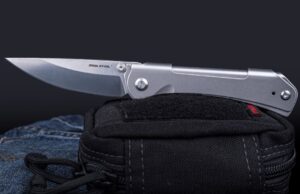
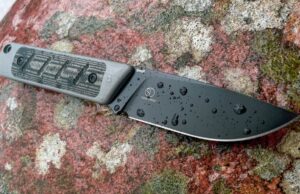
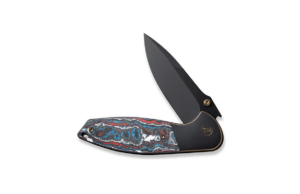






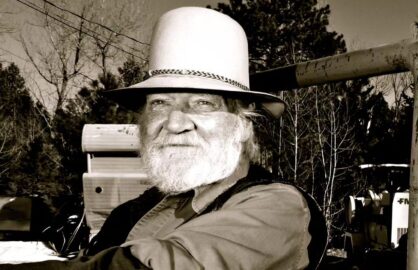
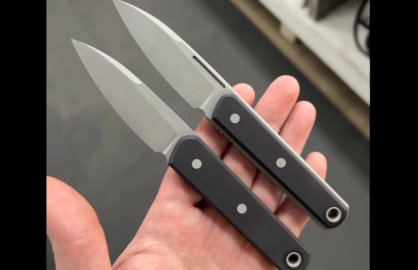
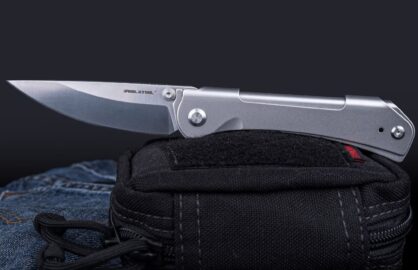
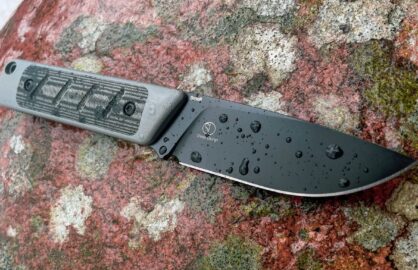
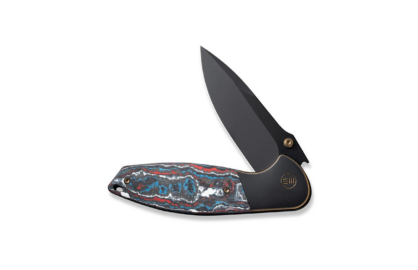
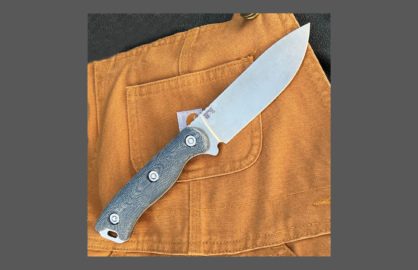




0 comments